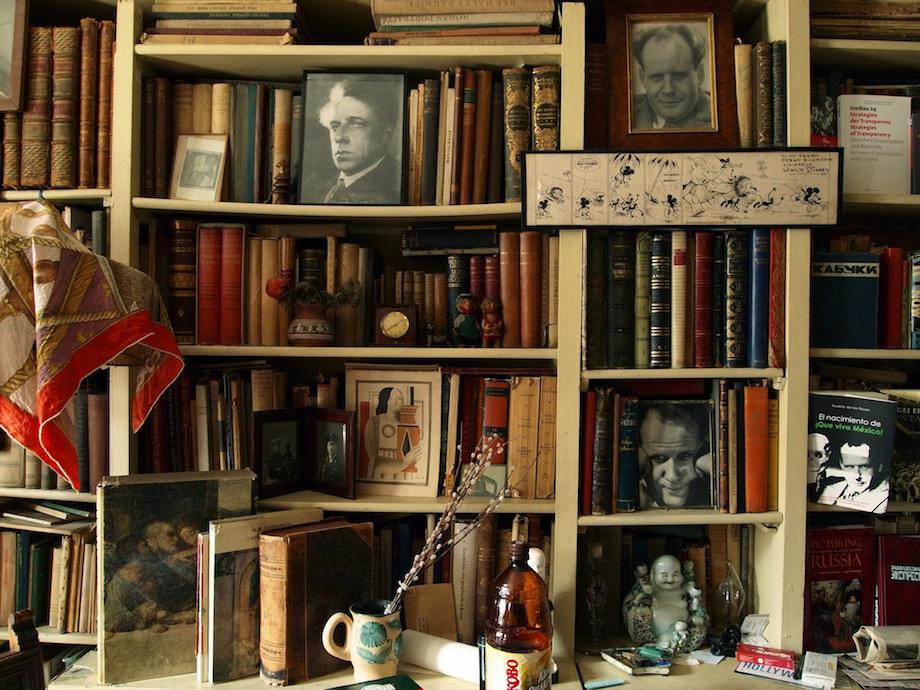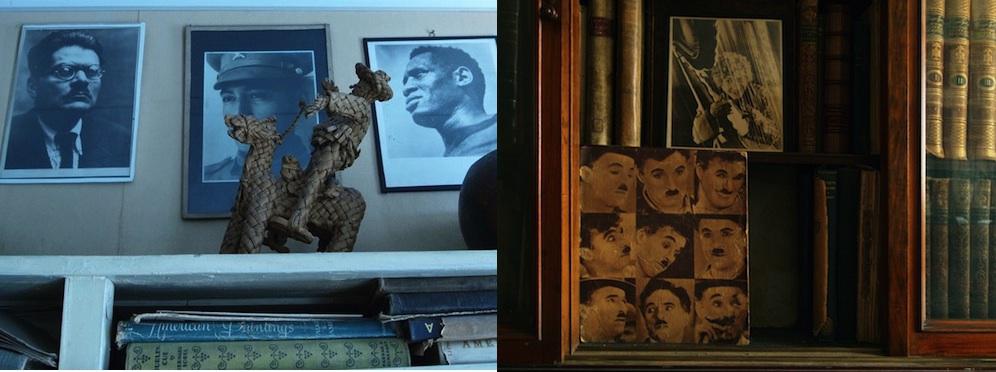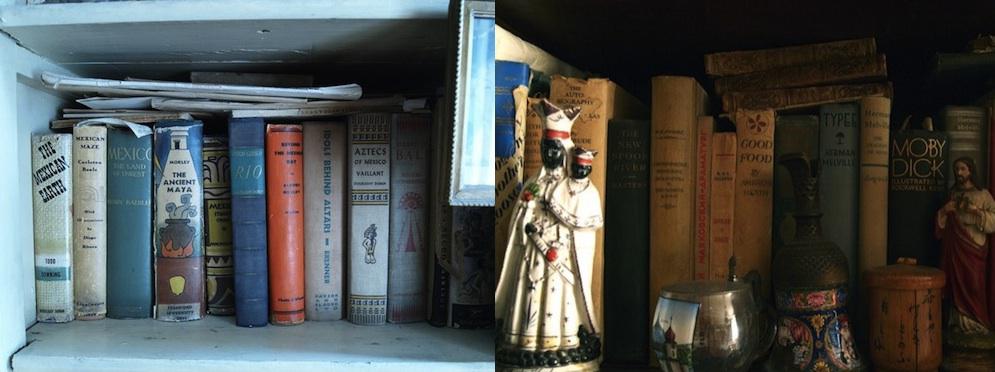The Vault is Slate’s new history blog. Like us on Facebook; follow us on Twitter @slatevault; find us on Tumblr. Find out more about what this space is all about here.
The great Soviet film director Sergei Eisenstein (1898-1948) considered cinema “the highest of the arts,” but he was passionate about books. In his memoirs, he rhapsodized about bookstores and the books he found in them: “They fly to me, run to me, cling to me,” he wrote, “so long have I loved them…” People who visited Eisenstein often said they found him sitting among huge piles of books.
When he died, his friends packed up his books and moved them to another apartment, where they remain to this day. The collection, which is not currently open to the public, is overseen by Naum Kleiman, the world’s leading Eisenstein scholar and Director of Russia’s Cinema Museum.
These photographs show a small percentage of the books Eisenstein owned. You can see some of his many histories of literature, theater, and art. He had close to 200 books on psychology, sex, and religion, and many more on American, European, Mexican, Asian, and African-American history and culture (he considered making a film about the Haitian Revolution with his friend Paul Robeson in the lead).
The pictures and figurines he collected are as interesting as the books: Central Asian ceramic toys, African-American religious figures, and Russian folk prints that illustrated his theories on montage. Beneath the photograph of Eisenstein himself is a Mickey Mouse panel that Walt Disney made for him when he was in Hollywood in 1930. The severe-looking portrait is Eisenstein’s teacher, the great theater director Vsevolod Meyerhold. Just outside the frame are signed portraits of Charlie Chaplin (another Hollywood friend), Harpo Marx, James Joyce, Stefan Zweig, Jose Orozco, Mei-Lang Fan, Robeson, and Albert Einstein.
We think of the Soviet Union under Stalin as a closed world, and in many ways it was, but the determined (and privileged) Eisenstein remained connected to the larger world through objects and books.

Courtesy of Joan Neuberger.

Portraits, L-R: José Orozco, [unidentified], Paul Robeson, Charlie Chaplin, Harpo Marx. Courtesy of Joan Neuberger.

Courtesy of Joan Neuberger.